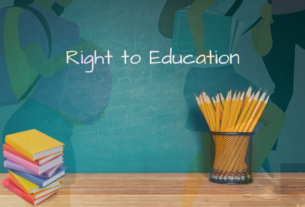The phrase “no justice, no peace” has deep roots in historical struggles for civil rights and equality. The United Nations Archive holds numerous records that document the global fight for justice. These stories show how people have fought against injustice in various forms, demanding both accountability and lasting change.
Many of these records trace the rise of social movements. These movements often emerge when people feel ignored or oppressed by their governments. For example, the civil rights movements in the U.S. during the 1960s echo themes of equality and justice that were also discussed in global forums. The struggle for civil rights was not just a national issue; it was part of a global conversation about justice.
The United Nations has been at the center of many international discussions about human rights. In 1948, the Universal Declaration of Human Rights was adopted, setting a global standard for human dignity and equality. This document provided a framework for justice worldwide. Despite its creation, countries still face challenges in fully implementing these rights, especially in the face of government resistance. The archived materials show how some governments failed to meet these standards, creating frustration and anger among citizens.
The idea of “no justice, no peace” reflects the reality that peace without justice is often unstable. In many conflicts, peace agreements failed because they did not address underlying issues of inequality. For instance, records from post-colonial nations show how injustices in land distribution or political power led to violence and instability. Countries that ignored justice in the pursuit of peace saw these conflicts resurface. The archive also shows examples where justice was pursued alongside peace, leading to more lasting resolutions. These instances prove that justice is a necessary component of long-term peace.
Personal stories of those involved in peace negotiations further reveal the importance of justice. In the 1990s, the peace process in South Africa involved not only negotiations between the government and the African National Congress but also the establishment of the Truth and Reconciliation Commission. The commission aimed to uncover past injustices and promote healing. Without addressing the wounds of apartheid, peace would have been shallow and temporary.
The UN archives also highlight the role of international organizations in enforcing justice. Efforts such as the International Criminal Court aim to hold individuals accountable for war crimes, genocide, and crimes against humanity. These efforts are essential in sending the message that no one is above the law. The stories within the archive demonstrate how international law strives to bridge the gap between justice and peace, even when national governments resist.
The archives are not just a collection of documents; they are reminders of struggles for justice. They show the persistence of those who demand their rights, even when faced with overwhelming odds. For example, during the Rwandan Genocide in 1994, survivors and international groups pushed for justice for the victims. The records show the slow progress in bringing those responsible to trial, highlighting the gap between justice and peace in post-genocide Rwanda.
Looking through the UN archives, you can trace the evolution of the demand for justice in global conflicts. From the formation of peace treaties to the trials of war criminals, the story of justice is long and often painful. Yet, these stories serve as evidence that peace is fragile without justice. The lessons learned from these records urge us to address injustices directly to prevent further conflict.
In the end, the stories from the UN archives show the undeniable link between justice and peace. They reveal how peace without justice is temporary and often leads to further suffering. The struggle for justice is ongoing, and understanding this history helps you see the importance of both justice and peace in building a better future.




